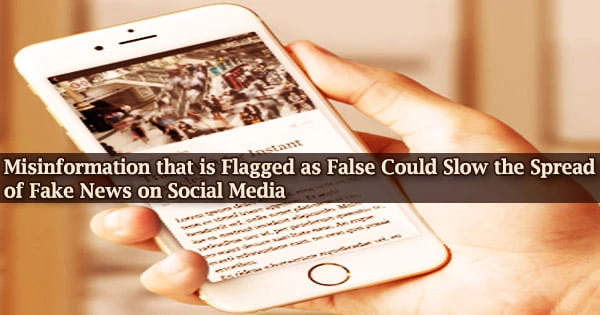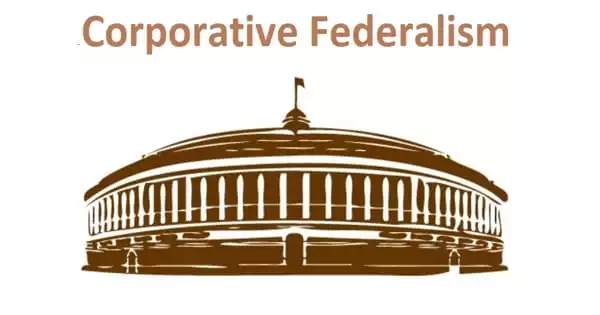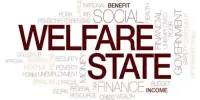The spread of fake news on social media is a dangerous trend that could have serious consequences for the 2020 presidential election. Indeed, research suggests that people are more engaged with fake news than they are with authentic news from conventional sources, making social media a strong propaganda tool.
According to a new study on the spread of disinformation, combining headlines with credibility alarms from fact-checkers, the general public, the news media, and even artificial intelligence can diminish people’s willingness to share.
The usefulness of these signals, however, differs depending on political ideology and gender. What’s the good news for those seeking the truth? Official fact-checking sources are widely regarded as trustworthy.
The study, led by Nasir Memon, professor of computer science and engineering at the New York University Tandon School of Engineering, and Sameer Patil, visiting research professor at NYU Tandon and assistant professor in the Luddy School of Informatics, Computing, and Engineering at Indiana University Bloomington, goes further, examining the effectiveness of a specific set of inaccuracy notifications designed to alert readers to news headlines that are inaccurate or untrue.
We wanted to discover whether social media users were less apt to share fake news when it was accompanied by one of these indicators and whether different types of credibility indicators exhibit different levels of influence on people’s sharing intent. But we also wanted to measure the extent to which demographic and contextual factors like age, gender, and political affiliation impact the effectiveness of these indicators.
Nasir Memon
“Effects of Credibility Indicators on Social Media News Sharing Intent,” published in the Proceedings of the 2020 ACM CHI Conference on Human Factors in Computing Systems, involved an online survey of around 1,500 people to assess the effectiveness of four so-called “credibility indicators” displayed beneath headlines in different groups:
- Fact Checkers: “Multiple fact-checking journalists dispute the credibility of this news”
- News Media: “Major news outlets dispute the credibility of this news”
- Public: “A majority of Americans disputes the credibility of this news”
- AI: “Computer algorithms using AI dispute the credibility of this news”
“We wanted to discover whether social media users were less apt to share fake news when it was accompanied by one of these indicators and whether different types of credibility indicators exhibit different levels of influence on people’s sharing intent,” says Memon.
“But we also wanted to measure the extent to which demographic and contextual factors like age, gender, and political affiliation impact the effectiveness of these indicators.”
Over 1,500 people in the United States were shown a sequence of 12 genuine, fake, or satirical news headlines. Only the misleading or satirical headlines had a red font credibility signal beneath them. Respondents were asked if they would share the associated story with friends on social media and why for each title.
“Upon initial inspection, we found that political ideology and affiliation were highly correlated to responses and that the strength of individuals’ political alignments made no difference, whether Republican or Democrat,” says Memon. “The indicators impacted everyone regardless of political orientation, but the impact on Democrats was much larger compared to the other two groups.”
Fact Checkers was by far the most successful of the credibility indicators, with study participants intending to share 43 percent fewer false headlines as a result of this indication, compared to 25 percent, 22 percent, and 22 percent for the “News Media,” “Public,” and “AI” indicators, respectively.
Effects of Political Affiliation
The researchers discovered a strong link between political membership and the credibility indicators’ ability to influence intention to share. In fact, the AI credibility indicator prompted Republicans to increase their willingness to spread false information:
- Democrats intended to share 61% fewer non-true headlines with the Fact Checkers indicator (versus 40% for Independents and 19% for Republicans)
- Democrats intended to share 36% fewer non-true headlines with the News Media indicator (versus 29% for Independents and 4.5% for Republicans)
- Democrats intended to share 37% fewer non-true headlines with the Public indicator, (versus 17% for Independents and 6.7% for Republicans)
- Democrats intended to share 40% fewer non-true headlines with the AI indicator (versus 16% for Independents)
- Republicans intended to share 8.1% more non-true news with the AI indicator
Republicans are less likely to be swayed by credibility indicators and are more likely to spread false information via social media.
While fact-checkers are the most effective type of indicator, independent of political affiliation or gender, Patil claims that fact-checking is a time-consuming process. He claims that the team was taken aback by the fact that Republicans were more likely to spread the news that had been marked as untrustworthy by the AI indicator.
“We were not expecting that, although conservatives may tend to trust more traditional means of flagging the veracity of news,” he says, adding that the team will next examine how to make the most effective credibility indicator fact-checkers efficient enough to handle the scale inherent in today’s news climate.
“This could include applying fact checks to only the most-needed content, which might involve applying natural language algorithms. So, it is a question, broadly speaking, of how humans and AI could co-exist,” he explains.
Males are meant to spread non-true headlines one and a half times more than females, with the biggest discrepancies in the Public and News Media metrics.
Men are less likely to be swayed by credibility signs and are more likely to spread false information on social media. However, evidence, particularly those from fact-checkers, show that people are less likely to distribute fake news.
The most common reason for intending to share a headline was socializing, while the most common reason for intending to spread phony articles was that they were thought to be hilarious.
















